what should be my next seasons plan to fight V...
tomstrees
18 years ago
Related Stories

FEEL-GOOD HOME10 Ways to Fight Pollen at Home
Keep sneezing and stuffiness to a minimum by making your house as pollen free as possible
Full Story
HEALTHY HOMEWhat You Need to Know About Dust and How to Fight It
Breathe easier with these 10 tips for busting mites, dander and other microscopic undesirables
Full Story
LAWN ALTERNATIVESStop Fighting the Patchy Lawn!
Here are 3 situations where a garden may be a better idea than more turfgrass
Full Story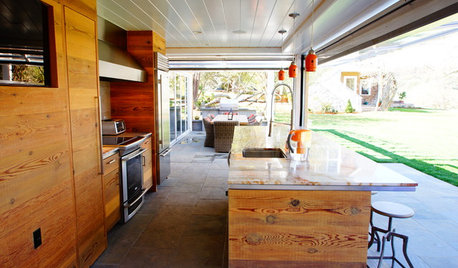
GARDENING AND LANDSCAPING3-Season Rooms: An Open and Shut Kitchen Case
Contained one minute and open to the outdoors the next, this California kitchen is decidedly versatile
Full Story
HOLIDAYSSimple Pleasures: Savoring the Season of Warmth and Light
Light up your home and lift your spirits on cold winter days with these decorative touches
Full Story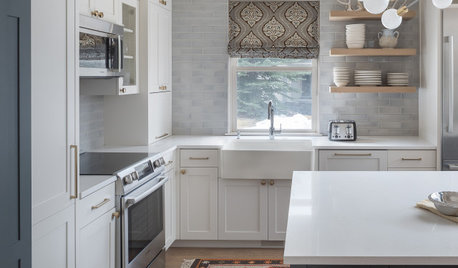
ORGANIZING7-Day Plan: Get a Spotless, Beautifully Organized Kitchen
Our weeklong plan will help you get your kitchen spick-and-span from top to bottom
Full Story
KITCHEN DESIGN9 Questions to Ask When Planning a Kitchen Pantry
Avoid blunders and get the storage space and layout you need by asking these questions before you begin
Full Story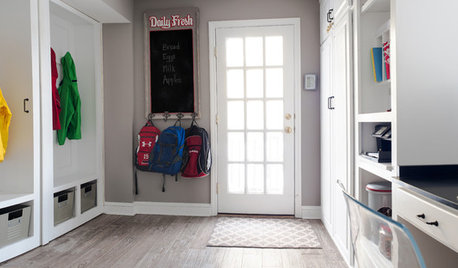
LIFEYour Back-to-School Game Plan
Set up a few systems now for an easy and organized routine when school starts
Full Story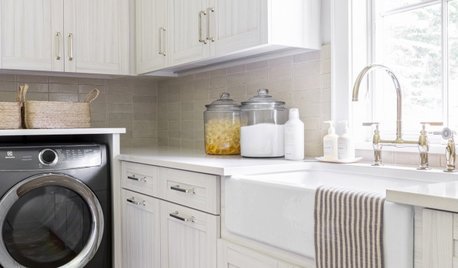
LAUNDRY ROOMS7-Day Plan: Get a Spotless, Beautifully Organized Laundry Room
Get your laundry area in shape to make washday more pleasant and convenient
Full Story
HOUSEKEEPING7-Day Plan: Get a Spotless, Beautifully Organized Entry Hall
Take your entry from scuffed up to spiffed up — restoring total cleanliness and order in just a week
Full StoryMore Discussions






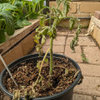
carolyn137
tomstreesOriginal Author
Related Professionals
Ballwin Landscape Architects & Landscape Designers · Marco Island Landscape Architects & Landscape Designers · Middle Island Landscape Architects & Landscape Designers · Milwaukee Landscape Architects & Landscape Designers · Clermont Landscape Contractors · Jackson Landscape Contractors · Ashburn Landscape Contractors · Bedford Landscape Contractors · Burlington Landscape Contractors · Pine Hills Landscape Contractors · Plymouth Landscape Contractors · Sun Valley Landscape Contractors · Bozeman Siding & Exteriors · Greenville Siding & Exteriors · Waterville Siding & ExteriorstomstreesOriginal Author
carolyn137
tomstreesOriginal Author
carolyn137
tomstreesOriginal Author
carolyn137
tomstreesOriginal Author
barkeater
tomstreesOriginal Author